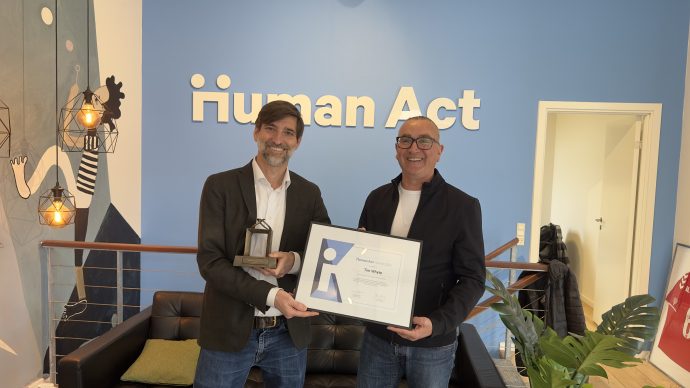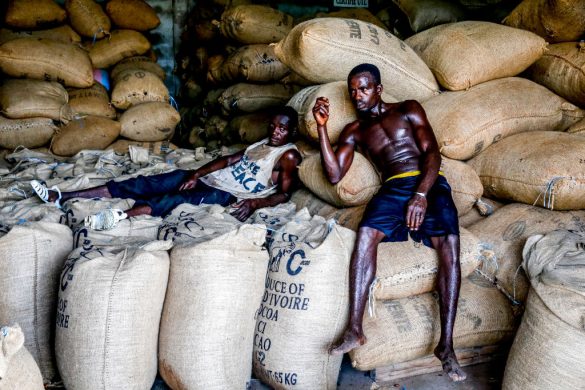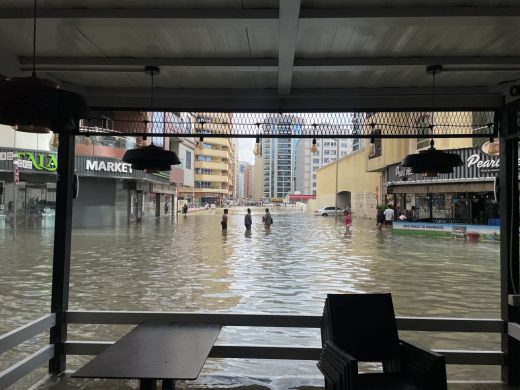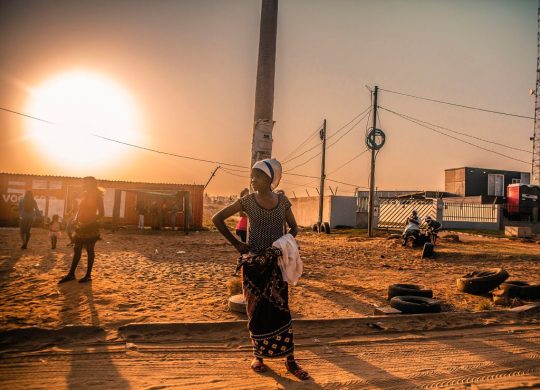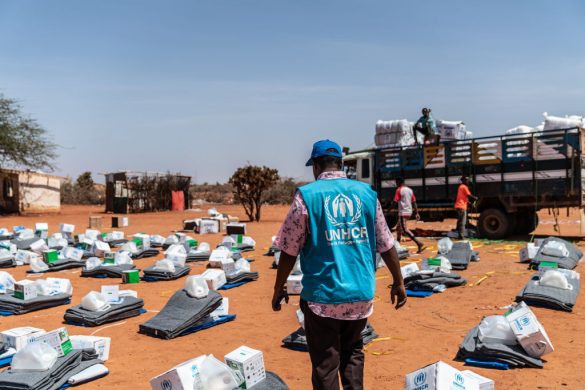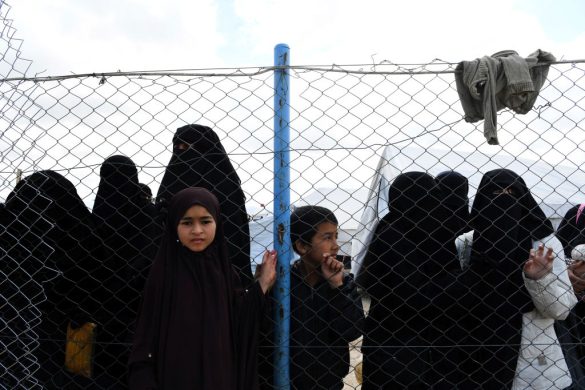– This week, former US national security advisor Richard Clarke said that climate change is greatest single risk to California – and to the entire United States – and that rising seas will likely provoke chaos around the planet, potentially displacing millions of people.
“Californians and anyone living on the coast need to be worried about sea level rise, which can happen much faster than we anticipated,” he said.
“The chaos that will occur globally if sea-level rise happens to the extent that it could, and with the rapidity it could, when you have millions of people who are on the move… that usually results, as we've seen in the Syrian refugee crisis, in political disruption and security problems”, he added.
Clarke believes that the changing climate will require huge investments in flood control and the reconstruction of infrastructure. "So much so that you will not have money to continue to afford a large defense establishment like we have now”, he said.
His comments echo the findings of the World Economic Forum 2017 Global Risks Report, which presents the 2017 global risk landscape as dominated by the environment in terms of impact and likelihood.
"Climate change is the threat multiplier"
Extreme weather events, large natural disasters and failure of climate change mitigation (reducing greenhouse gas emissions) and adaptation (building resilience to climate change) are listed as the most prominent environmental global risks in the report.
Noting the centrality of climate change and strain on resources in increasing the probability of conflicts and dramatic humanitarian crises, UN Secretary-General António Guterres last week-end called on the international community to rally behind the Paris Climate Change Agreement designed to set the world on a path towards low carbon and greater resilience.
He made the statement at the annual Munich Security Conference, where UNFCCC Executive-Secretary Patricia Espinosa, the UN’s top climate official, said that “climate change is the threat multiplier that worsens social, economic, and environmental pressures, leading to social upheaval and possibly even violent conflict”.
According to her, the “story” around climate change should not only be told in terms of resource scarcity, extreme weather and the need to foster clean energy. The narrative must go beyond and present climate change as a complex and multidimensional risk, with security and stability at its heart.
“If we fail to reduce emissions and build our capacity to cope with impacts, over the long term, climate change will result in more disruption, more instability and more displacement as impacts intensify. The world will be less stable, less secure … We must redouble our efforts or this story will have a dramatically different ending.”
Seminal US Security Report on Climate Change Still Highly Relevant
Warnings that climate change is a massive security risk and calls for the issue to be dealt with systematically and at the highest levels of society are not new. A seminal report on climate change and security was published in 2015, the same year the historic Paris Climate Change Agreement was clinched.
“A New Climate for Peace: Taking Action on Climate and Fragility Risks”, commissioned by members of the G7 group of nations, outlines seven “climate-fragility” risks that pose serious threats to global stability in the next decades, and are highly valid and relevant in 2017.
The seven key risks outlined in the report are:
1. Local resource competition
Competition for access to essential natural resources such as water and arable land, which will be constrained in some regions due to climate change, can lead to instability and even violent conflict. Particularly regions dependent on a narrow resource base, with a history of conflict, or home to marginalized groups are likely to have disruptive competition for resources.
2. Livelihood insecurity and migration
The increased insecurity of people who rely on natural resources for their livelihood is likely to induce climate related migration. Climate change will reduce grazing land, dry up water sources, and threaten jobs connected to climate-sensitive economic sectors, which could also push people to turn to illegal sources of income.
3. Extreme weather events and disasters
Climate change is increasing the frequency and intensity of extreme weather events such as heatwaves, flooding, droughts and storms. Extreme weather events and disasters will exacerbate fragility challenges and can increase people’s vulnerability and grievances, especially in conflict-affected situations.
4. Volatile food prices and provision
The impacts of climate change are expected to decrease yields and disrupt food production in many areas, increasing prices of food and market volatility. As a result, risks of public unrest, democratic breakdown and civil and local conflict will likely be heightened, particularly in poorer regions.
5. Transboundary water management
Competition over water use is likely to increase the pressure on governance structure where the management of water supplies is shared. Several transboundary water basins are located in regions with a history of armed conflict and significant interstate tensions.
6. Sea-level rise and coastal degradation
Rising sea levels are threats to the economic and physical viability of low-lying areas, as land and coastal resources are gradually lost. This can lead to social disruption, displacement and migration, as well as disagreements over maritime boundaries and ocean resources.
7. Unintended effects of climate policies
Unintended consequences from climate adaptation and mitigation policies may occur if they are implemented without enough cross-sectoral coordination or due to the lack of conflict-sensitive implementation. Possible unintended consequences include increased insecurity of land tenure, marginalization of minority groups, increased environmental degradation and loss of biodiversity.
Integration of Climate, Development, Humanitarian Aid and Peacebuilding IS Essential
The authors of the study say that to address these risks, it is vital to integrate climate, development and humanitarian aid, as well as peacebuilding efforts.
For example, climate change adaptation programmes help countries anticipate adverse effects and take action to prevent and respond to their potential impacts.
The authors of the report consider the United Nations Framework Convention on Climate Change (UNFCCC) a key platform to help countries to prepare climate change adaptation plans, as well as to provide funding for their implementation.
And while development and humanitarian aid programmes help nations to build capacity and improve resilience to shocks, peacebuilding programmes reduce tensions and create an environment for sustainable peace, contributing to prevent conflicts.
The report says that resilience can be reached as an overarching objective of the three policy sectors, through a multi-dimensional national and international cooperative approach.
Artiklen i sin fulde længe kan findes på siden for FN's klimakonvention via kilde-linket herunder.



